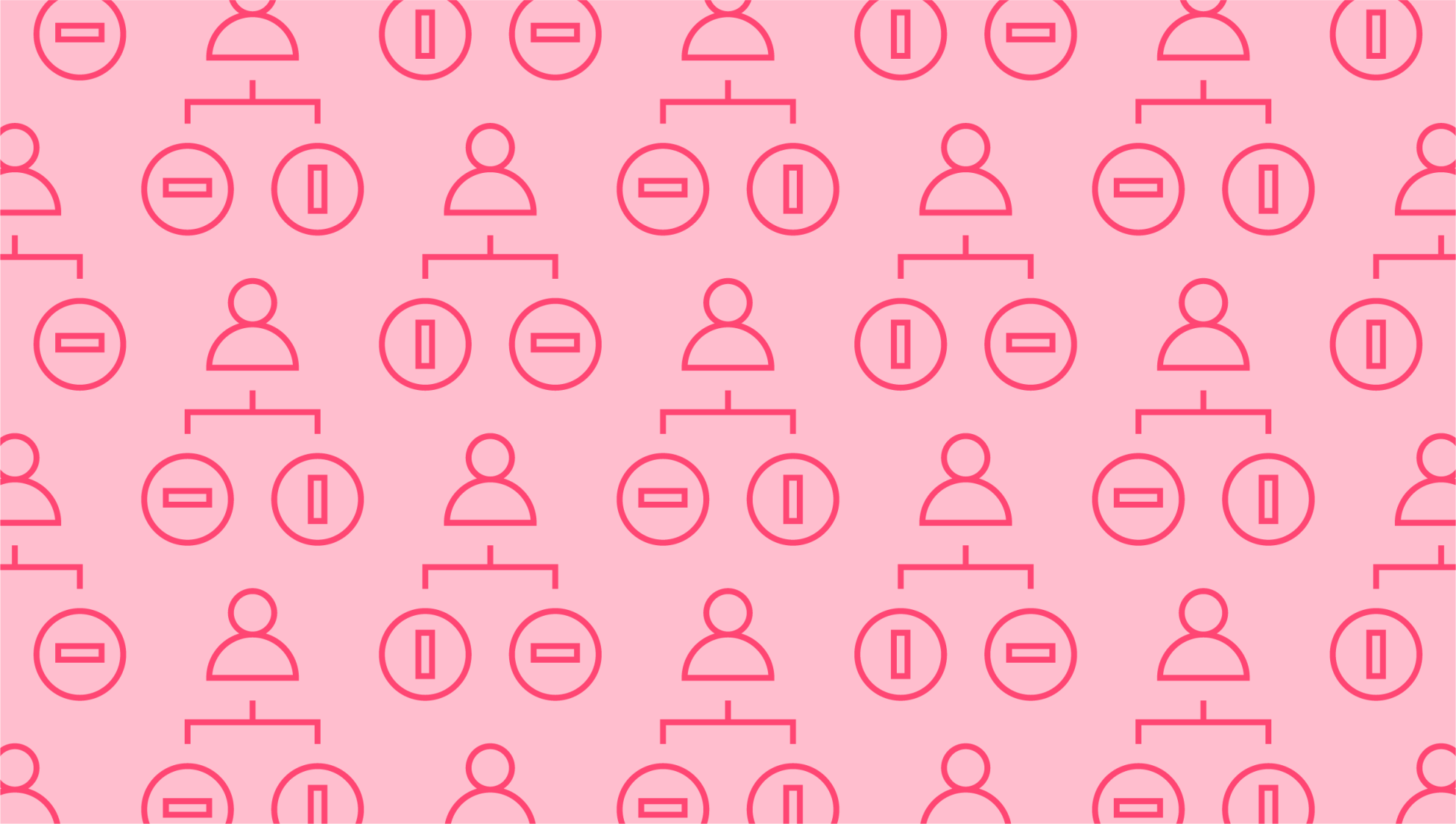Last editedFeb 20212 min read
Every company faces expenses as part of its daily business, but making those costs back is essential to staying afloat and keeping the books in order. This is where cost recovery comes in.
Cost recovery definition
Cost recovery, or the cost recovery method, refers to the means of recouping the cost of any expense. Cost recovery recognizes that recovering costs doesn’t happen instantly, or even within the same year, and the cost recovery method makes allowances for this when it comes to balancing the books.
What is the cost recovery method?
The cost recovery method is a way to calculate your income while considering all the costs that haven’t been recovered yet. Essentially, your business’s books will not recognize a transaction or cost until it has been fully recovered. Using the cost recovery method, a business will recognize revenue and cost of sales for any given transaction but will not immediately count the profit.
When payment is received for the transaction, it will not be considered until it counts as recovery of costs of goods sold. Any remainder is then considered profit. Using this method, a cost recovery is recognized as something that can take multiple years. The cost recovery method is therefore one of the more cautious approaches when it comes to calculating profit and helps prevent over-estimations by bearing your outstanding costs in mind.
Cost recovery method examples
Imagine that Company A purchases equipment from Company B at $100,000. The cost of goods sold was $60,000. Company A chooses a payment method that lets him use recurring payments, paying $20,000 immediately, and $20,000 per annum over the next four years.
The $40,000 (price of goods less cost of goods sold) will not be considered profit for Company B in this current accounting period, or any accounting period until Company A’s pay installments have covered the cost of goods sold. By the end of year three, Company A will have paid $60,000, covering the cost of goods sold only, not creating profit. Therefore, even in this year, Company B will not record any earnings on this sale in accordance with the cost recovery method.
All following years will see Company A’s $20,000 instalments counting as above the cost of goods sold, therefore they can be considered profit in the final two years of their payment plan.
Advantages of cost recovery
One of the main advantages of cost recovery is that it makes allowances for the uncertainty of repayment as you draw up the books at the end of each year. If Company A were to miss its payment in year one, but doubled its payment in year two, neither repayment is recorded as earnings according to the cost recovery method. So, this delay does not impact the administration of accounts. Tax is also delayed until full cost is recovered of any product or services sold, which can help in situations where money is tight and savings on tax can make a big difference.
Disadvantages of the cost recovery method
The biggest disadvantage of the cost recovery method is that no matter how successful a company may be when it comes to sales within a certain period, none of them count for that period until they are all paid off. That means a company might make 12 sales in June 2021, but none of this will be reflected on the balance sheet until all these costs of goods sold are met. The precise date that this occurs for each individual sale can also vary wildly.
We can help
GoCardless helps you automate payment collection, cutting down on the amount of admin your team needs to deal with when chasing invoices. Find out how GoCardless can help you with ad hoc payments or recurring payments.
